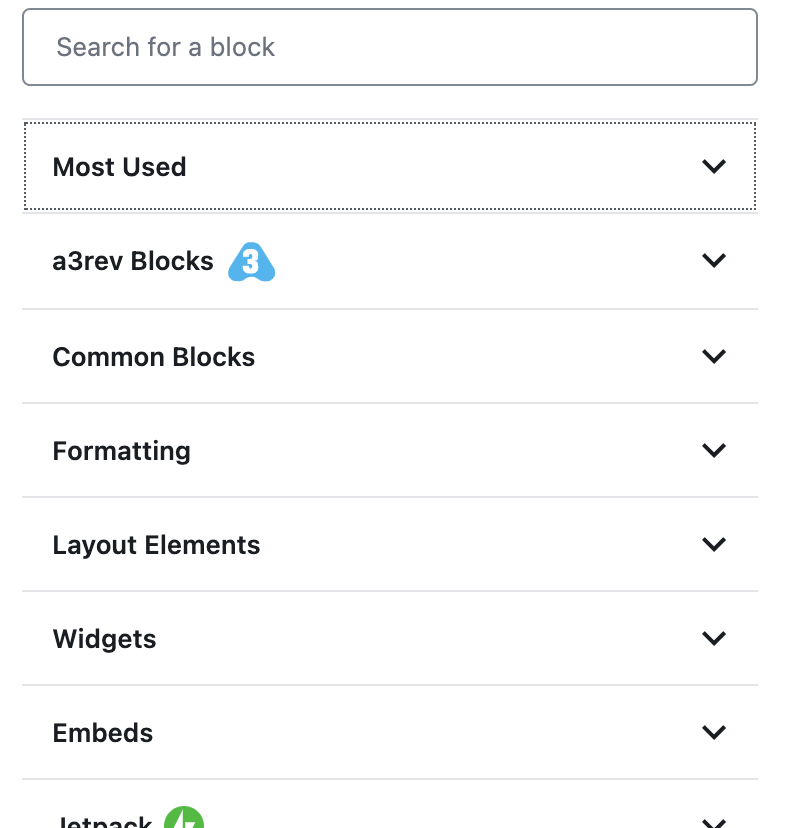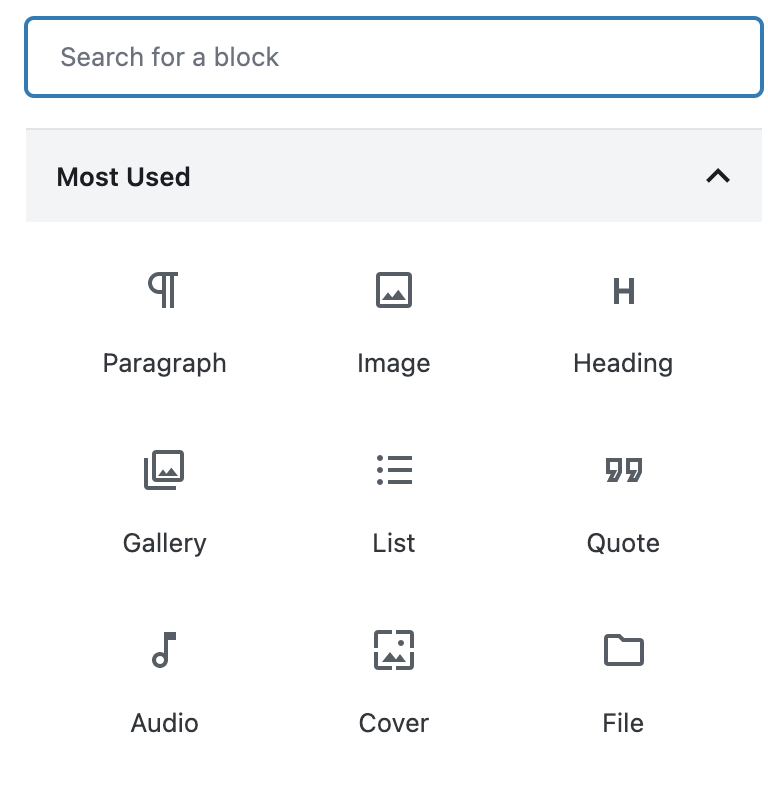I started blogging in 2002 using an early version of Blogger that I hosted on a server I ran myself. You may know that Blogger was purchased by Google and is still available as an outlet for the content creation of individuals.
You are reading this on a WordPress blog. I switched to WordPress because I again could host it on a server I controlled. I switched to use a hosting option provided by BlueHost when I determined that I wanted to add Google ads to my blog and that I should probably not be doing this on a site I could control through the university where I worked. Just to be clear I have always paid far more for leasing part of a server than I ever generated in ad revenue. Running ads is kind of an experiment and a matter of principle. I believe content creators should be compensated for their efforts. Originally, I had to install and update WordPress myself, but BlueHost now offers a way to have the software installed and updated for you.
WordPress emerged in 2003 and has become more and more powerful since. There is still a simplified version of WordPress available at no cost and a more powerful version for $4 a month. If you have no other purpose for paying for space on a server you can use for multiple purposes and want a blog with more options, the $4 level is a good choice.
Blogging platforms have gradually become more and more powerful and can be used in other ways than offering the list of serial content posts familiar to all blog readers. The platforms allow both this familiar format (posts) and also pages that can be interlinked in much the same way as many web sites you may visit. The page approach starts from a home page and the connection among pages is changed by the effort of the content creator and not automatically by the addition of new material.
A blog platform may be your most efficient approach to creating a web site. The flexible page-based blogger sites are also improving providing those wanting to offer content as a web site greater and greater control over appearance and function. The sites generated do not have to resemble cookie-cutter simplistic offerings based on a common theme. WordPress has moved to an approach based on what are called blocks. For old folks like me who remember Hypercard, the multimedia construction kit, you might use Hypercard as a reference. Hypercard allowed the creation of a stack (which might be considered pages) and the addition of elements some of which were preprogrammed. So there were arrows that could take a user to the next card, the previous card, and the first card in the stack, You would add images and text to the surface of the card. You could also make use of the hypertalk coding language to add your own actions to elements (cards, buttons,, etc.).
The block approach in blog platforms is beginning to approach the flexibility of hypercard in the online world, You can use preprogrammed blocks and for those who want the flexibility program your own blocks. Blocks can now be used to shape the appearance of the site in addition to controlling the content added to a page or post.


Just to be clear. I don’t spend a lot of time on design. I consider myself mostly a writer.
Blogging platforms have evolved to meet the requirements of a “low floor and high ceiling” environments encouraged by edtech visionaries. The platforms can serve as a basic outlet for student writing or a creative environment for students interested in multimedia design options. There is now little need for expensive computer-based multimedia design software. Allow students who want to do more than write to become proficient with the advanced features of modern blogging (web design) platforms.
This post was motivated by a State of the Word online presentation from Matt Mullenweg the founder of WordPress. The presentation has been archived on YouTube and offers an extended description of the present version of WordPress.
![]()